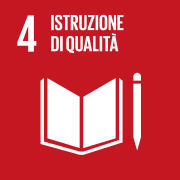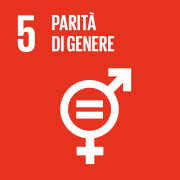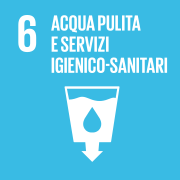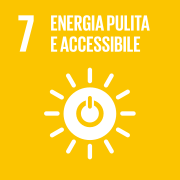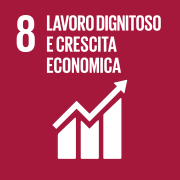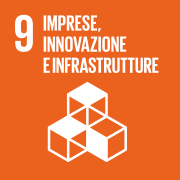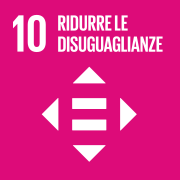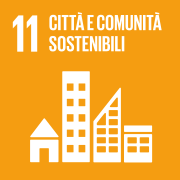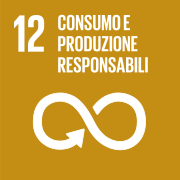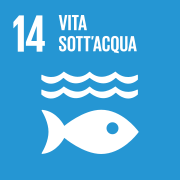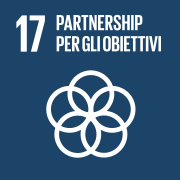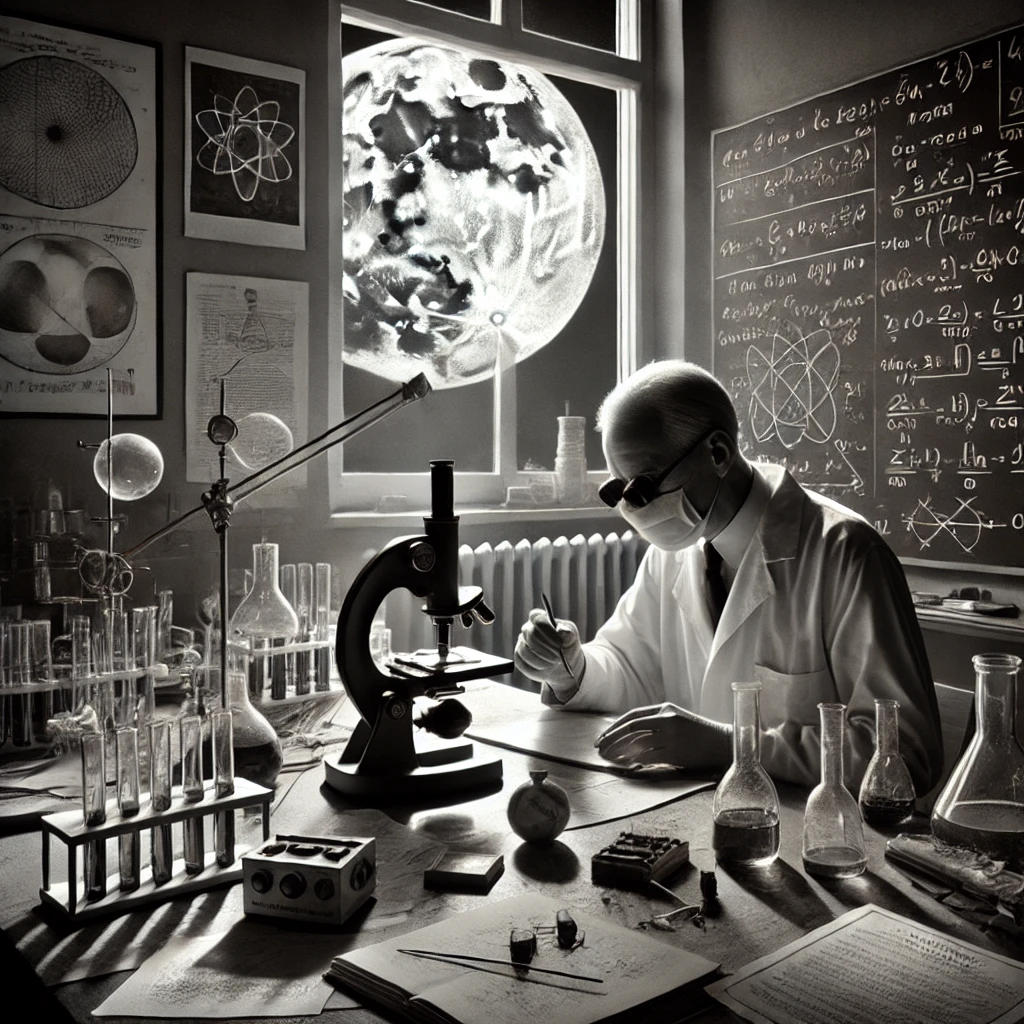
The scientific method is the tool that has enabled humanity to understand and make intelligent use of the world around it. It is not a linear or obstacle-free path, but it is a rigorous and systematic process that, step by step, leads us to new knowledge and new technologies to improve our lives and our world. This method is the basis of modern science and is what makes it reliable, despite its continuous evolution.
From ancient roots to Galileo: The evolution of a method
The origins of the scientific method can be traced back to ancient Greece, where philosophers such as Aristotle tried to explain natural phenomena through observation and logic. However, the scientific method, as we know it today, only began to take shape many centuries later, thanks to curious people like Galileo Galilei.
Galileo was one of the first to combine observation and experimentation in a systematic way. He did not merely contemplate phenomena, but tested them through controlled experiments.
Think of the first experiments reported by his students, where he apparently made objects fall from the Tower of Pisa to disprove Aristotelian theories on falling bodies. Using these experiments and those, more controllable, on inclined planes, Galileo demonstrated that the time for an object to fall does not depend on its weight, but on the laws of physics that we still use today. Let’s face it: Aristotle had not got it all wrong, he had only applied the knowledge and instruments available in his time. But if he had had a laboratory like Galileo’s – and maybe even a leaning tower – perhaps he would have saved himself some time and a few wacky explanations.
The first step: observing and asking questions
The starting point of the scientific method is the observation of a phenomenon. This can happen by chance or be the result of deliberate research. Whatever the origin, the observation raises a question. For example, when Isaac Newton – according to legend – saw an apple fall (which fortunately did not cause him a concussion), he wondered why objects always tended to fall downwards. From this simple observation came the hypothesis that there was a force, gravity, that drew all objects towards the centre of the Earth.
From hypothesis to experiment: putting ideas to the test
Formulating a hypothesis means proposing a possible explanation for the observed phenomenon. However, a hypothesis is not yet a certain and acquired truth: it must be tested. This is at the heart of the scientific method. Experiments are designed that can confirm the hypothesis; or refute it without mercy or regret. These experiments must be repeatable and conducted rigorously to avoid errors or external influences that could alter the results.
Michael Faraday ‘s experiments on electromagnetic induction are a classic example of how a hypothesis can be verified experimentally. Faraday demonstrated that a variable magnetic field could induce an electric current, confirming the interconnection between electricity and magnetism. This not only confirmed the hypothesis, but paved the way for enormous technological advances that today form the basis of processes for generating electricity. In short: the electronic revolution began with one – ingenious – man spinning wires around a magnet!
Data analysis: towards the formulation of a theory
Once the data has been collected, it is analysed to see if it confirms the original hypothesis. If the experimental results are consistent with the hypothesis, a theory can be formulated. A scientific theory is a well-founded explanation – supported by a broad base of data and observations – capable of making accurate predictions.
Albert Einstein, for example, used available data – and mathematics – to develop the theory of general relativity. This theory not only explained observable phenomena, such as gravity, but made bold predictions that were later confirmed, such as the curvature of light near a gravitational field during a solar eclipse observed by Arthur Eddington.
Falsifiability: The power of science in putting itself to the test
One of the most distinctive aspects of the scientific method is the concept of falsifiability, introduced by the philosopher Karl Popper. For a theory to be considered scientific, it must be possible to devise an experiment that can, in principle, prove that it is false. This does not mean that the theory is actually wrong, but that it must be formulated in such a way that it can be tested.
Theories that withstand numerous attempts at falsification become more and more solid. However, science is always ready to correct itself. For example, Newton’s classical mechanics dominated physics for centuries until observations at the cosmological and subatomic level required revision, leading to the formulation of relativity and quantum mechanics.
And this is because other scientists have asked the question: ‘Wait a minute, Albert: you say that if I travel fast enough, time might slow down? It seems strange to me but, let’s check it out!”.
Continuous Iteration: The Scientific Process as an Infinite Cycle
The scientific method does not stop at the formulation of a theory. Science is an iterative process, constantly repeating and refining itself. New observations, experiments and technologies can lead to the revision of existing theories or the development of new ones. The discovery of the structure of DNA by James D. Watson and Francis Crick in 1953 was the result of decades of research involving numerous scientists (including Maurice H. F. Wilkins who later deserved the Nobel Prize in a tie with them) in an iterative process of hypotheses, experiments and revisions.
In short, this method, the result of thousands of years of continuous refinement, is not perfect. It is not a quick method and perhaps not the most effective, but it certainly works better than a miracle diet that promises you to lose seven kilos in a week. Even the scientific method, like science itself, evolves through trial and error.
It’s not perfect, but it’s the best we have
The scientific method has enabled mankind to make extraordinary progress, from the understanding of fundamental physical laws to the discovery of new medicines and the exploration of space. But the true power of science lies not in being infallible, but in its ability to self-correct and evolve.
Science does not offer absolute certainties, but knowledge based on solid evidence, which is constantly being tested and improved.
At a time when global challenges, such as climate change and pandemics, require informed and evidence-based solutions, trusting science means trusting a process that, while imperfect, has proven to be the most effective method we have today to understand and improve the world. The scientific method is the engine of human progress, and it is thanks to it that we can face the challenges of the future with confidence and determination.
Trusting science for a sustainable future
In particular, scientific progress and the development of digital technologies are indispensable for achieving the sustainability goals set by Agenda 2030.
Science provides us with the tools to reduce environmental impact, improve energy efficiency and promote equitable and sustainable economic development. Digital technologies, on their part, offer innovative solutions to monitor and manage resources more efficiently, while promoting social inclusion and universal access to information.
If we really want to achieve our global sustainability goals, we must continue to invest in science and technology, relying on the scientific method to guide us towards a greener, fairer and more prosperous future. It is not magic: it is science. And, yes, unlike the 7 kilos in 7 days diets, it works. It really does.
In this column we will find tales of discoveries and inventions; of research and development of new technologies for environmental, economic and social sustainability. We will try to understand what has moved the great scientists of every era towards new advances in science, but we will also delve into cases in which naïve, unscrupulous or downright evil people have run the train of progress off the rails. And how, precisely thanks to the scientific method, they were discovered and neutralised.



